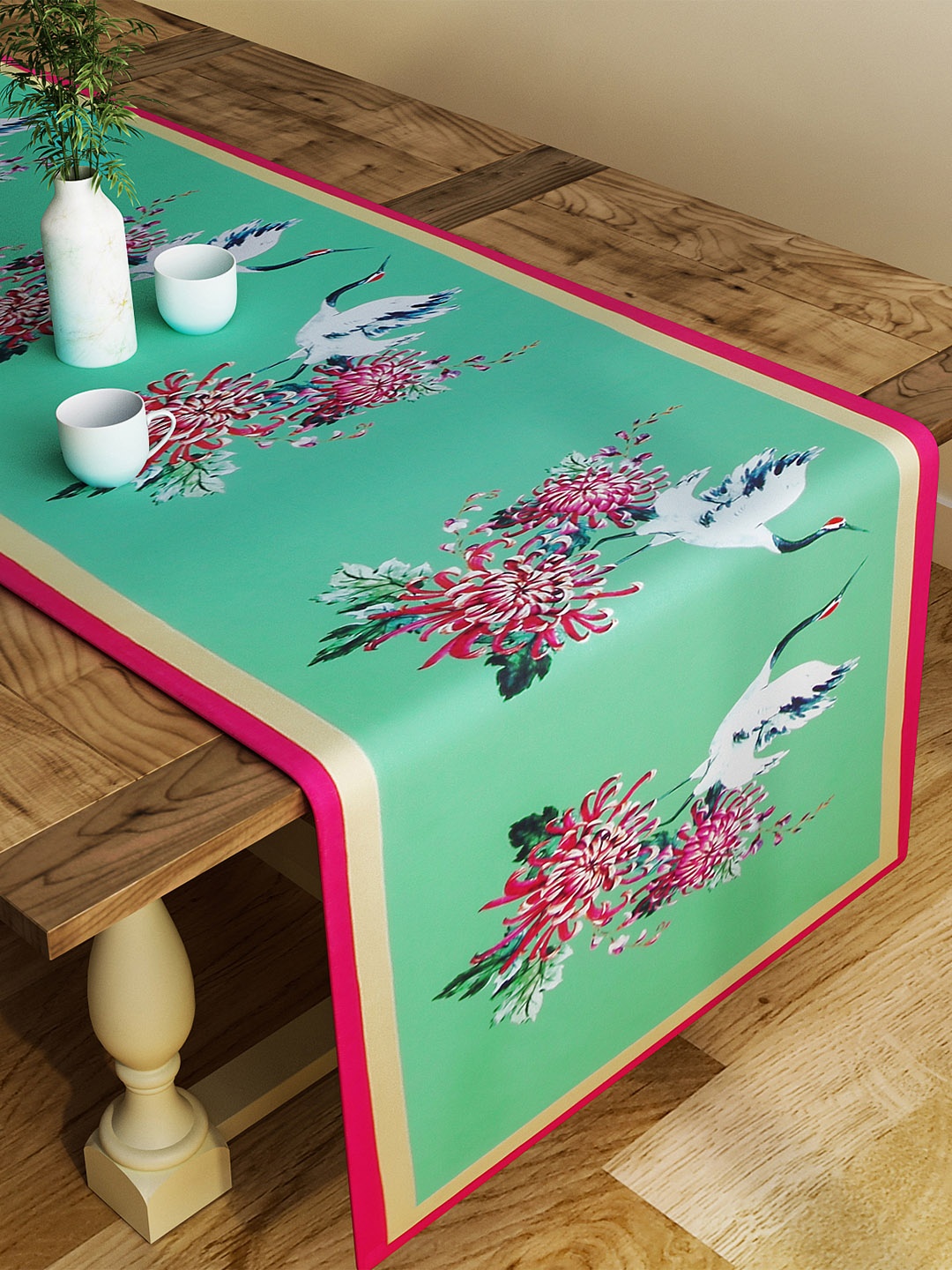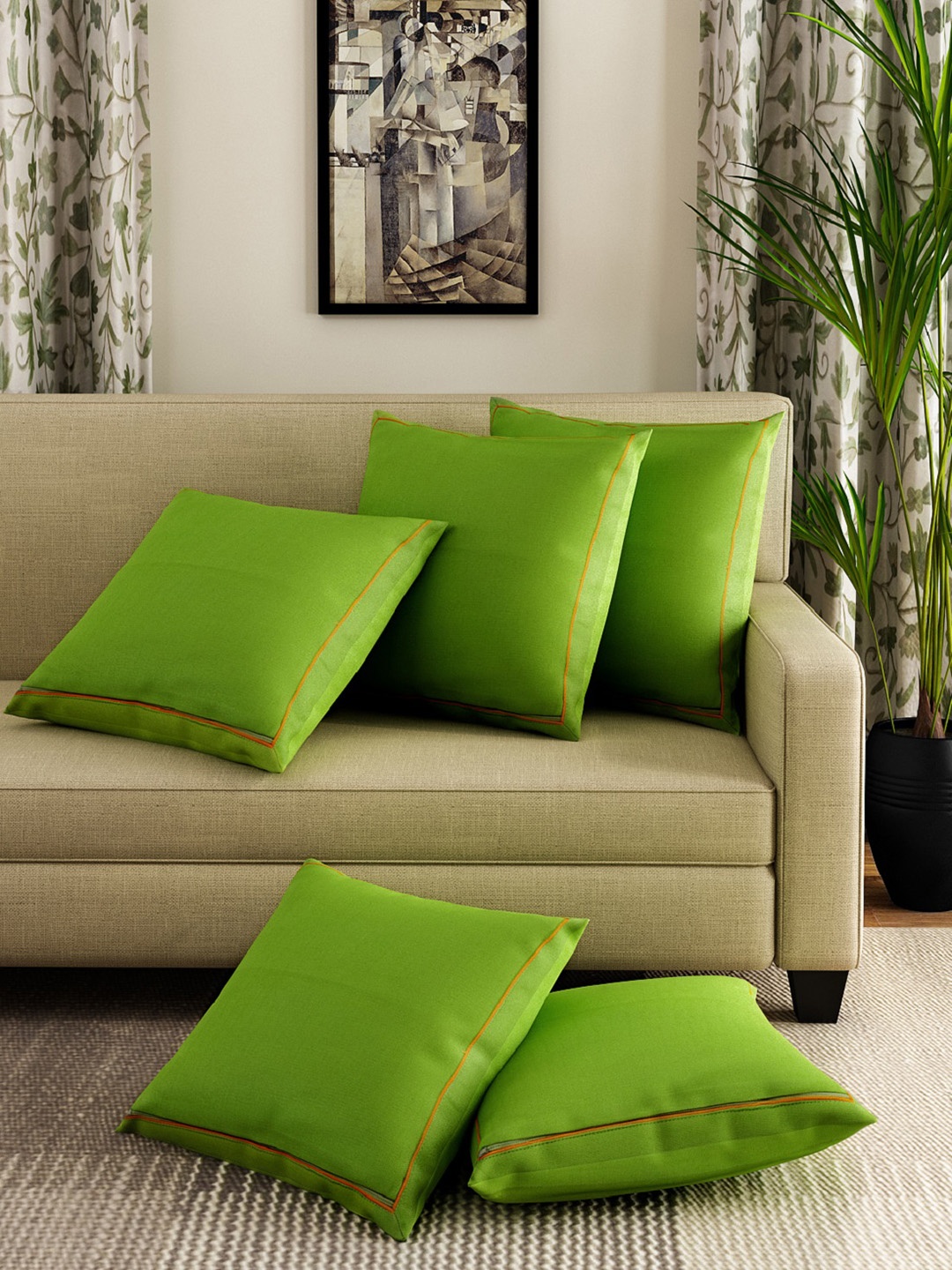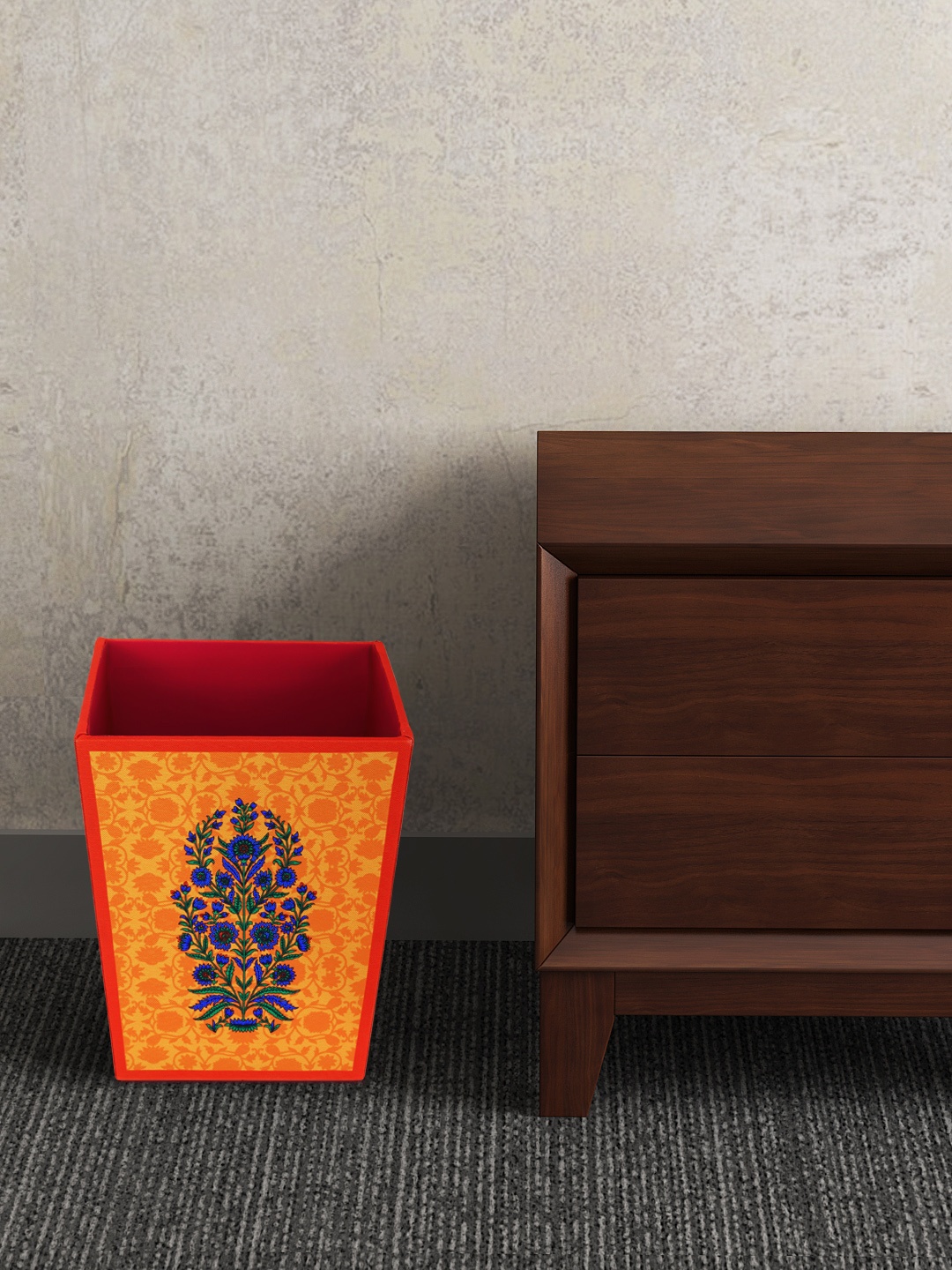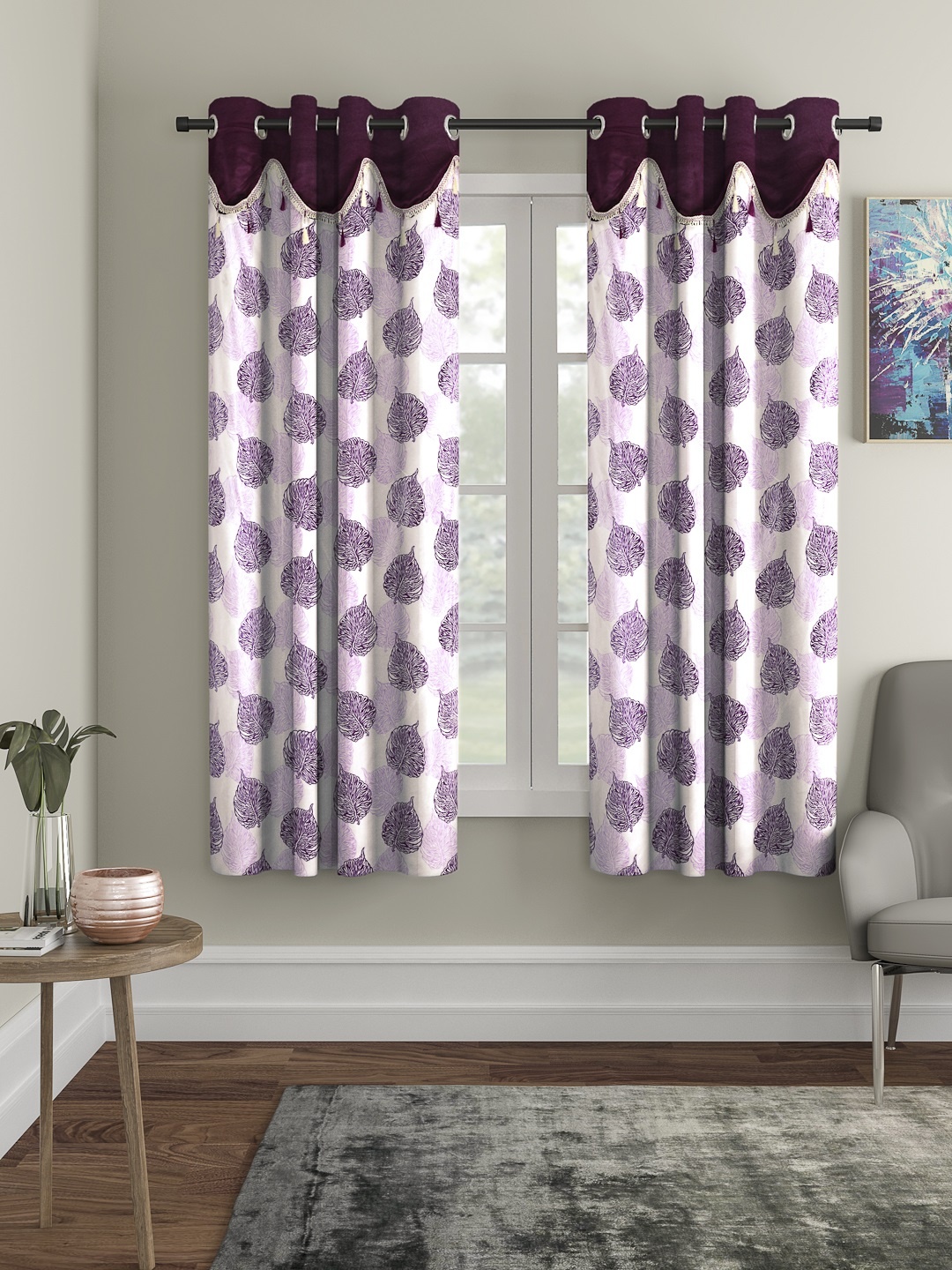Diwali Home Decor Ideas: Should You Choose Diyas Or Fairy Lights This Year?
When it comes to decorating your home this Diwali, should you go traditional with diyas or modern with fairy lights? This is a deep dive into both, helping you choose the sparkle that best fits your celebration.

Indoor Lighting For Diwali? Fairy Lights vs Diyas: Know What Is Better.
Every year, as the crisp October breeze rolls in, the world outside starts to twinkle. Diwali isn't just another festival; it's an emotion that lights up hearts as much as homes. Amidst all the shopping, cooking, and card games, there's one question that quietly divides households: what's better for lighting up your home, diyas or fairy lights? Both have their charm. Diyas carry the warmth of tradition, flickering gently like tiny hearts. Fairy lights, on the other hand, bring convenience and creativity, wrapping around corners like ribbons of celebration.
Brighten your Diwali celebrations with stunning home decor ideas - find out whether traditional diyas or magical fairy lights best enhance your festive ambiance this year for timeless beauty.

Indoor Lighting For Diwali? Fairy Lights vs Diyas: Know What Is Better
Photo Credit: Pexels
The Glow Showdown: Tradition Meets Technology
1. The Glow of Tradition: Diyas and Their Symbolism
Long before electric lights were even imagined, earthen lamps, diyas, were the soul of Diwali. Their soft golden flames aren't just for decoration; they symbolise knowledge, hope, and the victory of light over darkness. Each diya tells a story, of households gathered around courtyards, hands smeared with oil, wicks twisted carefully, and children racing to light the next one.
Diyas connect people to roots. Their glow feels organic, personal, and spiritual, a reminder of simple joys and mindful moments. Unlike synthetic light, the flicker of a diya breathes; it dances, hums, and radiates warmth that no bulb can replicate. Even in modern apartments, lighting a row of diyas by the window brings back childhood nostalgia.
While they may seem small, their significance runs deep. Lighting diyas is like inviting positivity home, each flame a prayer, each glow a wish for prosperity. In essence, diyas don't just illuminate spaces; they illuminate hearts.
2. The Sparkle of Convenience: Fairy Lights Take the Stage
Then came fairy lights, tiny wonders that turned decoration into art. Strings of luminous pearls that could wrap around anything, from staircases to plants, from doorways to mirrors. Fairy lights are the modern twist to festive illumination, offering ease and endless creativity.
One switch, and your whole room transforms into a dreamy spectacle. No oil spills, no smoke, no constant refilling. And the best part? They're versatile. Whether warm white or multicoloured, fairy lights blend beautifully with almost every festive setup. You can even reuse them for birthdays, weddings, or cosy winter nights.
In cities where time is precious and homes are compact, fairy lights fit perfectly into fast-paced lives. They save effort without compromising on charm. Plug, play, and watch your walls sparkle. They may lack the sacred symbolism of diyas, but their practicality makes them a favourite for many.
Fairy lights have redefined what festive lighting means, simple, stunning, and oh-so-efficient.
3. The Emotional Quotient: Tradition Meets Sentiment
Lighting diyas isn't just about aesthetics; it's an act rooted in sentiment. The process itself, pouring oil, setting wicks, and watching them glow, slows time down. It's meditative, reminding people to pause and appreciate the moment. The scent of mustard oil mingling with the evening air feels nostalgic, evoking memories of family gatherings, laughter, and shared sweets.
Fairy lights, while convenient, often miss that emotional depth. They appeal to the eyes but rarely tug at the heartstrings the way diyas do. Yet, they too hold emotion in their own way, especially for those decorating their first flat or living away from family. Fairy lights become a slice of home, a comforting glow when traditions can't be fully recreated.
Ultimately, both lights carry emotion, one steeped in heritage, the other wrapped in adaptation. The magic lies in what they mean to each household. After all, Diwali is as much about memories as it is about light.
Also Read: Eco-Friendly Solar Diwali Lights To Brighten Your Space During Big Festive Dhamaka
4. The Battle of Aesthetics: Warm Glow vs Sparkling Brilliance
Visually, diyas exude a rustic charm that fairy lights can't quite imitate. The way their flames flicker against clay walls, reflecting in rangoli colours, adds a sense of depth and intimacy. A single diya can make an entire corner feel sacred, while rows of them can transform courtyards into canvases of gold.
Fairy lights, however, are the artists of ambience. They create moods, twinkling softly for a romantic dinner or glowing vividly for a festive party. With endless designs, curtain drops, net lights, and bottle strings, they offer unmatched creative freedom. Their even glow gives homes a modern, magazine-like finish.
While diyas create warmth and soul, fairy lights offer glamour and scale. The former whisper calmness; the latter shout celebration. Some prefer the meditative rhythm of flame and shadow, others love the dazzle that photographs beautifully for Instagram. Both have their aesthetic place, one ancient, one contemporary.
5. Safety and Practicality: Flames vs Electricity
The beauty of diyas comes with a small caveat, fire safety. With children and pets running around, open flames can be risky. Wind and uneven surfaces can also make them tricky indoors. Spilled oil or toppled diyas could quickly turn festive excitement into panic.
Fairy lights, on the other hand, offer peace of mind. They run safely on low voltage, and modern LED versions barely heat up. No matches, no refilling, no supervision needed. You can leave them on all evening while enjoying dinner or playing cards.
However, they aren't entirely risk-free either. Overloaded sockets, poor wiring, or cheap lights from local markets can cause short circuits. The key is to buy certified, good-quality ones and use them responsibly.
Safety-wise, fairy lights clearly win for practicality. But when handled with care, keeping diyas on trays or metal stands, both can coexist beautifully without mishap.
6. Eco-Friendliness: Sustainability Takes the Spotlight
In an age of environmental awareness, the choice of festive lighting also carries responsibility. Traditional diyas made from clay are biodegradable and eco-friendly. They leave no lasting waste, especially when paired with natural oils like mustard or ghee. However, mass-produced painted diyas with synthetic colours can harm the soil once discarded.
Fairy lights, especially cheap ones, often end up as e-waste. Their plastic coatings, metal wires, and disposable LEDs contribute to landfill clutter. Still, sustainable versions exist, solar-powered or rechargeable LED strings that reduce electricity consumption and waste.
Choosing eco-friendly options doesn't mean sacrificing beauty. A blend of both worlds, clay diyas for rituals and solar lights for decoration, can make celebrations greener without dimming the sparkle.
Ultimately, Diwali's spirit lies in lighting up responsibly, ensuring that joy doesn't come at the planet's expense.
7. The Cost Factor: Wallet vs Wonder
Let's talk rupees. A pack of good-quality diyas can range anywhere from ₹150 to ₹400, depending on design and size. Add oil or ghee, and the total still stays reasonable. They're budget-friendly, especially when bought in bulk from local potters. Plus, supporting small artisans feels rewarding, it keeps traditions alive and livelihoods afloat.
Fairy lights, meanwhile, can cost anywhere between ₹250 and ₹1500, depending on length, type, and design. Although they're more expensive initially, they're reusable across seasons. Some LED options consume minimal electricity, so the monthly bill doesn't shock either.
In terms of long-term investment, fairy lights offer better value, but diyas score higher on emotional worth. Spending a little on both often feels like the perfect middle ground, a touch of nostalgia and a splash of modern sparkle, all within budget.
8. Creativity and Customisation: Let the Light Play
Fairy lights thrive on versatility. From wrapping around plants and frames to hanging in bottles or mason jars, they let imagination run wild. A living room corner can turn into a glowing photo wall, or a balcony can become a twinkling escape. Their adaptability makes them a designer's dream.
Diyas, however, offer their own artistry. Decorated with mirrors, lace, or vibrant paints, they become miniature masterpieces. When arranged with flowers, brass plates, or rangoli patterns, they create a timeless spectacle. Each placement can tell a story, a circle of unity, a path of light, or a prayer in flame.
Mixing the two often works wonders, fairy lights for backdrop ambience and diyas for soulful accents. The combination blends tradition with trend, giving homes both heart and style. Creativity, after all, shines brightest when opposites meet.
9. Atmosphere and Mood: The Feel of the Festival
The lighting you choose shapes how your home feels during Diwali. Diyas create an atmosphere of peace, their golden glow feels grounding, perfect for family pujas or quiet evenings. The crackle of the wick, the play of shadow, and the fragrance of oil weave together an intimate charm.
Fairy lights, on the other hand, bring festivity to life. They energise spaces, setting the tone for laughter, music, and celebration. Whether draped across the living room or outlining windows, they make every corner come alive with joy.
Together, they balance each other, diyas for serenity, fairy lights for sparkle. It's like having tradition in one hand and innovation in the other. The right lighting doesn't just brighten a space; it lifts the mood, making every moment feel a little more magical.
10. The Verdict: Why Not Both?
In the end, choosing between fairy lights and diyas isn't about competition, it's about complementing beauty with meaning. Fairy lights dazzle; diyas touch the soul. One represents progress, the other preservation.
The best Diwali décor often blends both, diyas lining balconies and fairy lights draping the walls. The flames whisper of heritage, while the bulbs sing of celebration. Together, they mirror the spirit of Diwali itself, a harmony of old and new, faith and festivity.
So this year, skip the debate. Light diyas to invite peace and positivity, and string up fairy lights to spread joy far and wide. Let your home tell a story that glows, not just in brightness, but in balance. Because the best kind of light isn't the one that shines the brightest, but the one that feels the warmest.

Indoor Lighting For Diwali? Fairy Lights vs Diyas: Know What Is Better
Photo Credit: Pexels
Products Related To This Article
1. Myntra Elegant Homes Brass Akhand Jyoti Diya Oil Lamp with Adjustable Bati Knob
2. ENORMITY Yellow Diya Shape String Light
3. Treo Gold-Toned Arpan Brass Diya With Borosilicate Glass Small Cover
4. Home Centre Serena 2 Pieces Glass LED Plated Fairy Lights
5. Nestroots Golden Brass Floating Urli Diyas For Home and Temple
6. TIED RIBBONS Set of 6 Tealight Candle Holder
7. Awestuffs White Star Curtain String Light
8. TIED RIBBONS Set of 6 Tealight Candle Holder
Diwali is more than just decoration; it's a feeling, of togetherness, gratitude and renewal. Whether you're lighting a humble clay diya or switching on a string of fairy lights, the true essence lies in the joy it brings.
So let your home sparkle in every sense, with laughter, love, and light, in every shade and every glow. After all, Diwali isn't about choosing one over the other; it's about celebrating everything that makes life luminous.
Disclaimer: The images used in this article are for illustration purpose only. They may not be an exact representation of the products, categories and brands listed in this article.











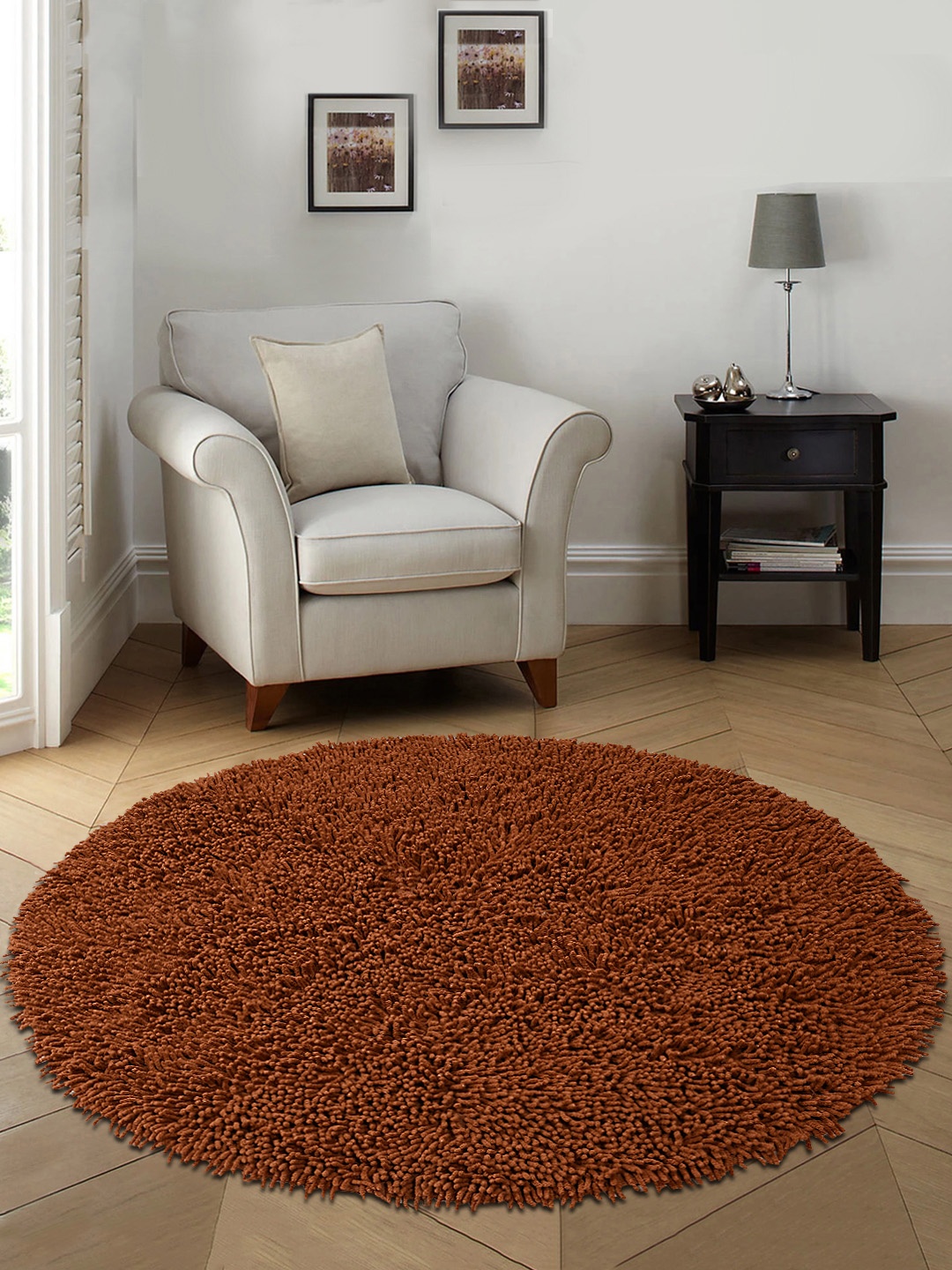

![Steam Iron Teflon Shoe Cover for ES-300,ST-96 [Only For ES-300 and ST-96 Model Electric Steam Irons]](https://m.media-amazon.com/images/I/51wwkttondL._SL160_.jpg)
